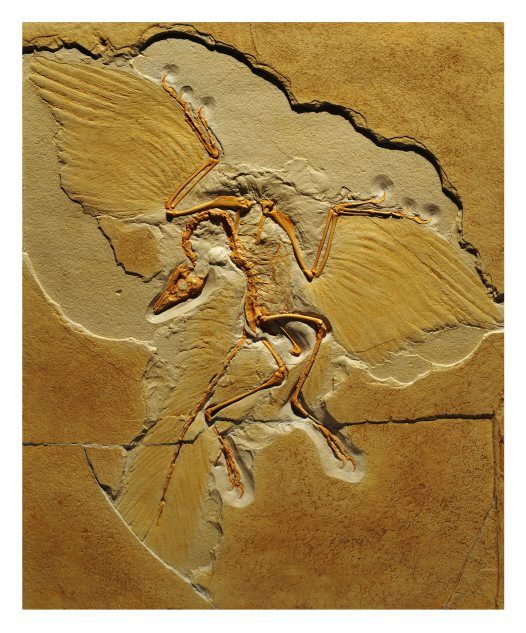The Living Dinosaurs – Dinosaurs In Our Own Time
When you hear the Living Dinosaurs, what first came to your mind? You probably think one dinosaur has been found in one forest in South-east Asia or in an Australian cave. No, this is mot the case, We are actually referring to their modern-day descendants – birds.
A new idea?
The idea that birds evolved from dinosaurs is not new. It was first suggested in the 1860s after the famous fossil discovery of the primitive bird, Archaeopteryx. Gradually falling from favour, the theory was resurrected by a series of new discoveries including spectacular feathered dinosaurs found in the 1990s. In the same way that we evolved from a mammal ancestor and are mammals, birds evolved from a dinosaur ancestor and are dinosaurs.
Does everyone agree?
Some scientists do not accept this idea. They propose birds evolved from an earlier reptile, most likely a primitive archosaur that lived before the dinosaurs appeared. However, there is little evidence for this compared to the amount existing for the bird–dinosaur relationship.
Bird or dinosaur?
As some dinosaurs had feathers, this feature has flown as the one that defines birds. To separate birds from other dinosaurs we now use a definition based on ancestry – birds are all the descendants of the common ancestor of Archaeopteryx and modern birds. Birds can be called ‘avian dinosaurs’ but it is still correct to use the term ‘bird’ when talking about the feathered animals we see today. Dinosaurs that are not birds are often called ‘non-avian (meaning non-bird) dinosaurs’. Two key examples are:
Archaeopteryx lithographica: Discovered in the 1860s, Archaeopteryx was the first fossil evidence linking birds to dinosaurs. It had feathers like modern birds and a skeleton with features like a small non-avian dinosaur. Although it is the earliest and most primitive bird known to date, it is not considered the common ancestor of all birds. Classification: Theropoda; Aves.
Compsognathus longipes: Compsognathus was a small non-avian dinosaur with many similarities to Archaeopteryx. Discovered in the 1850s, it was a key fossil in discussions about birds and dinosaurs. Some Archaeopteryx remains were even mistakenly identified as Compsognathus. Classification: Theropoda; Compsognathidae.
The major part of this article was culled from Ausralian Museum Website

Modern day descendants! Not ancestors!
Thank you Buckley. Error corrected!